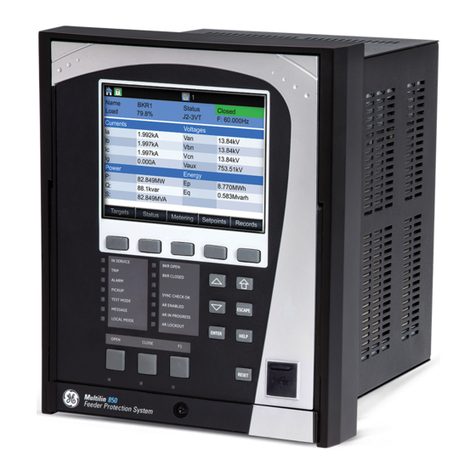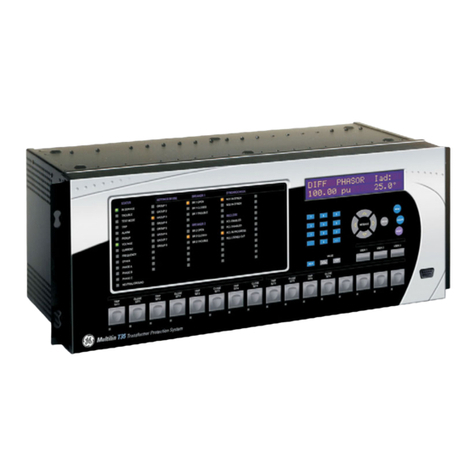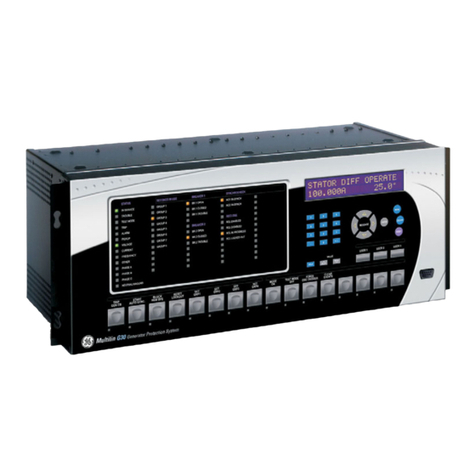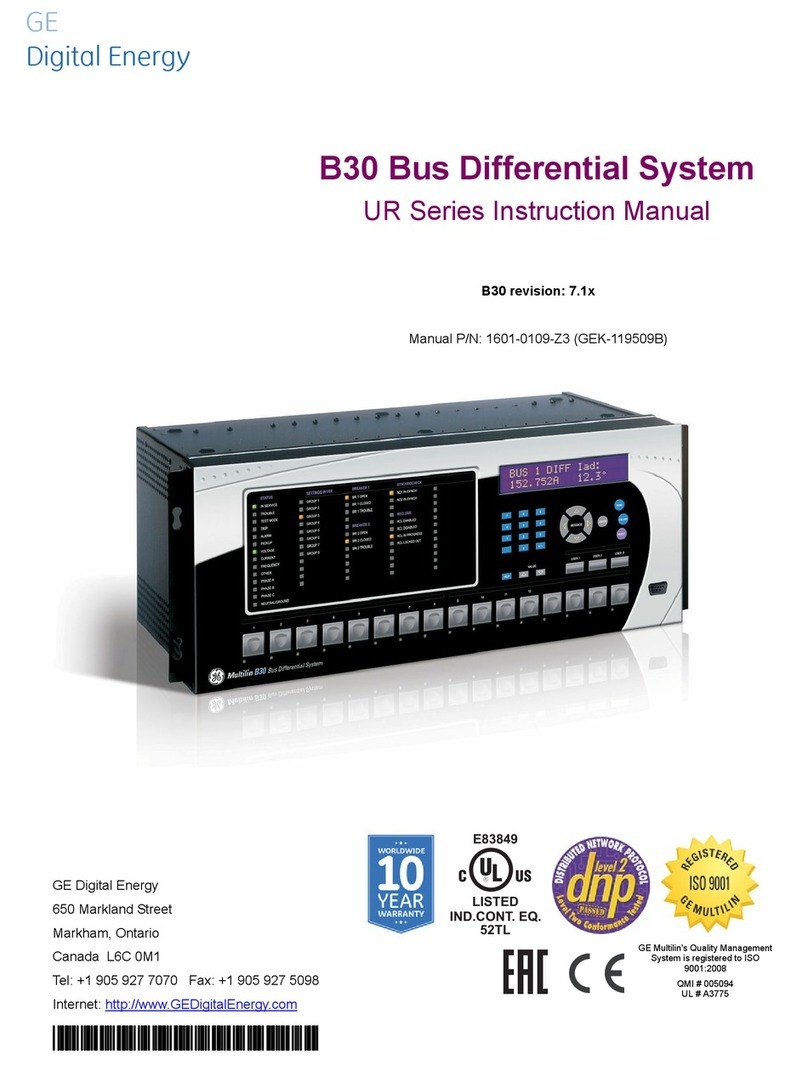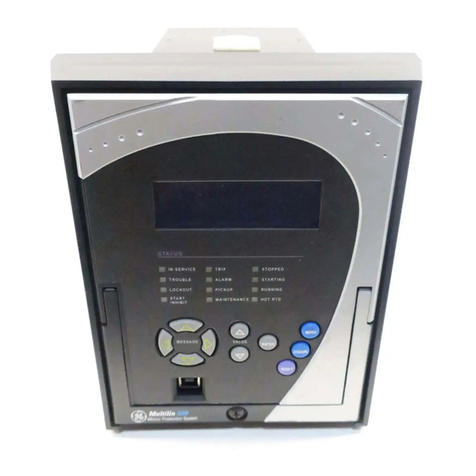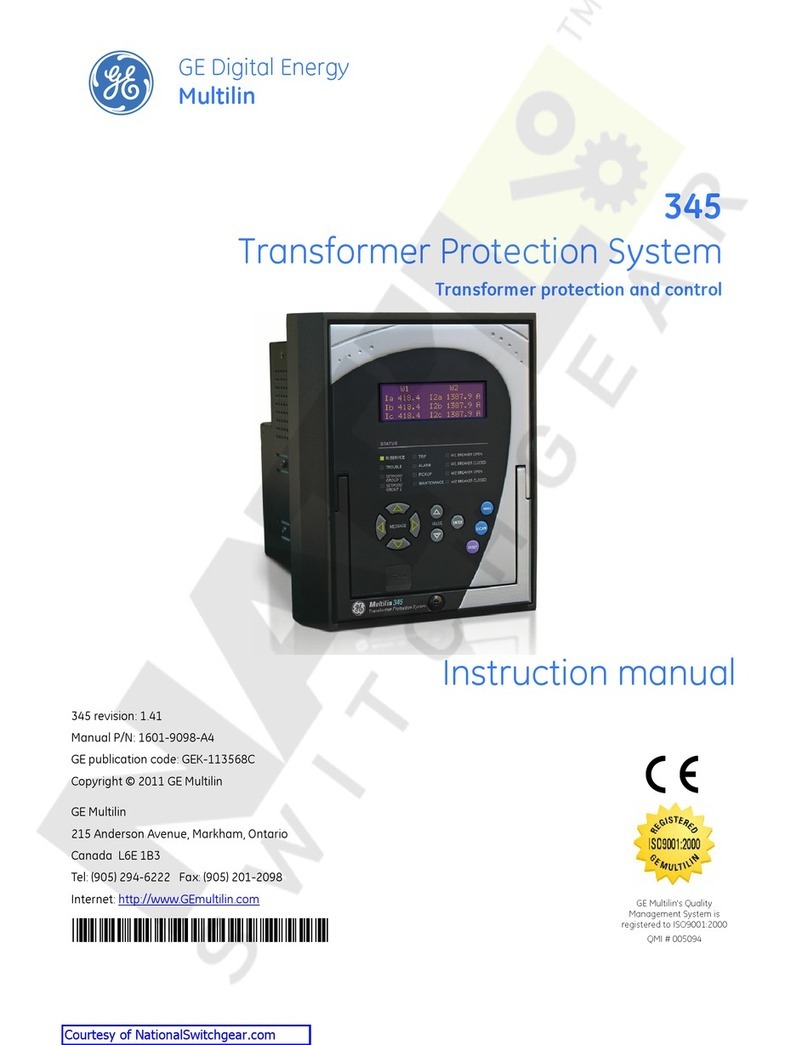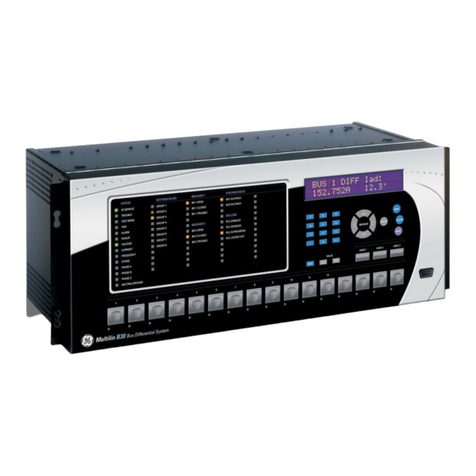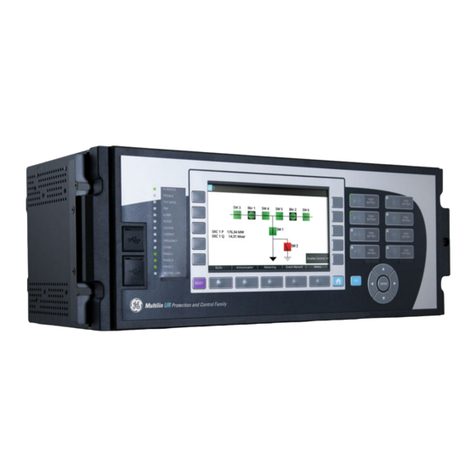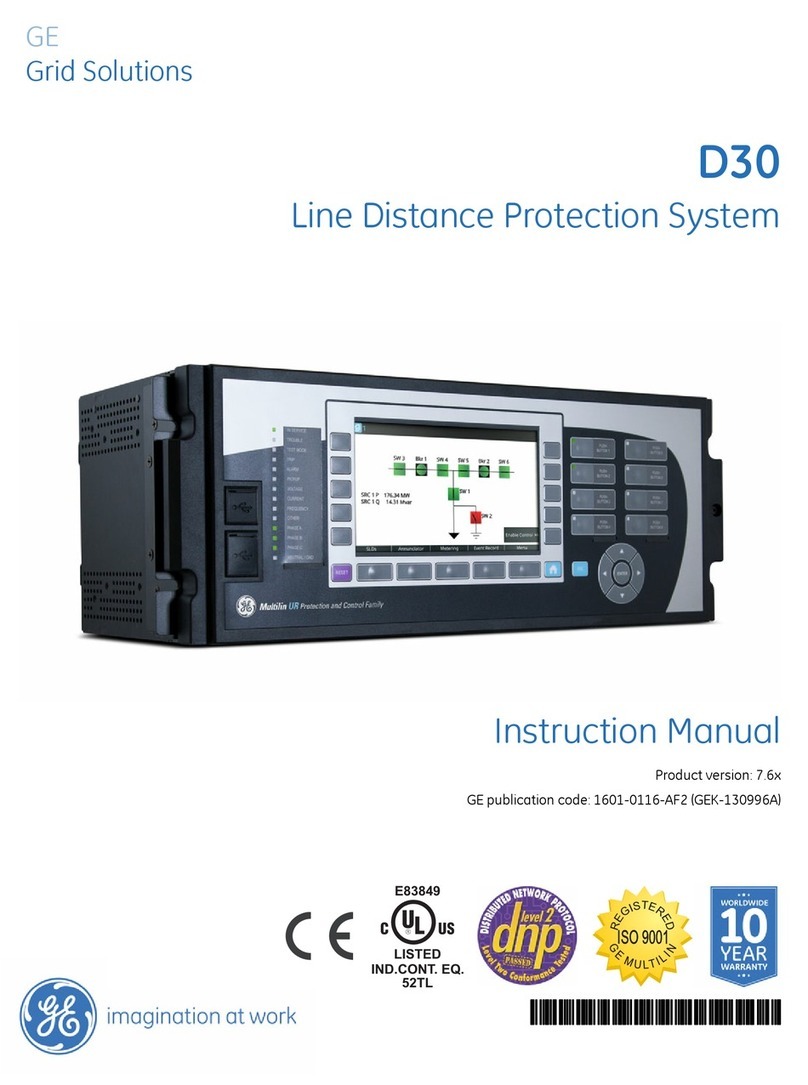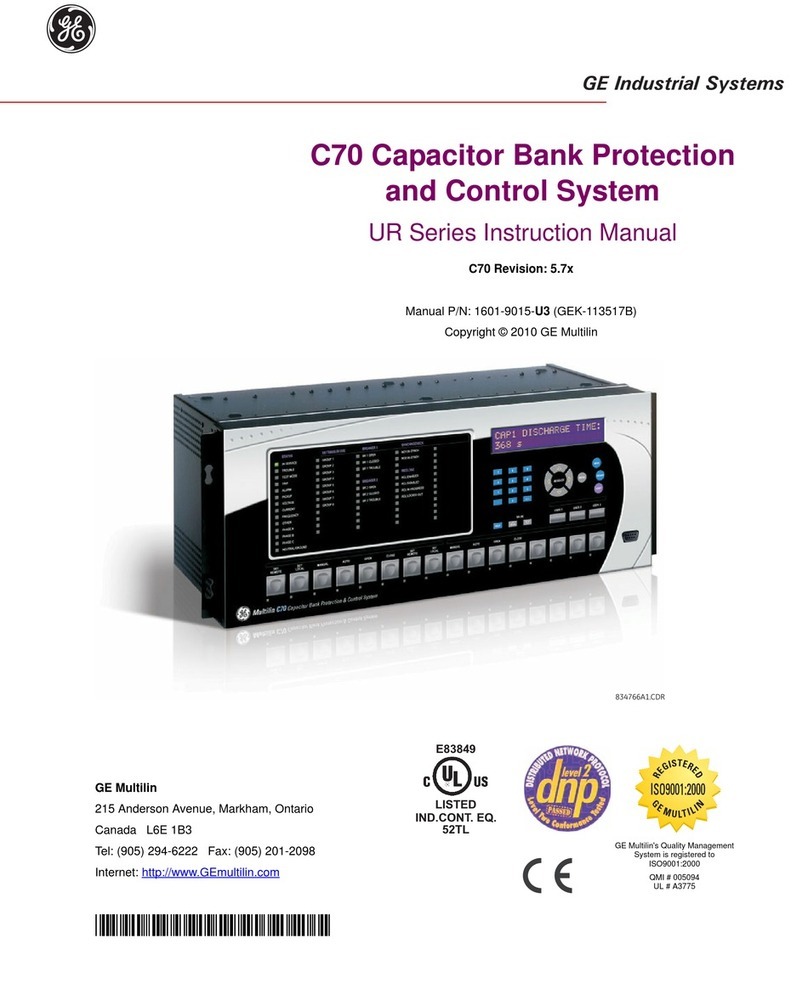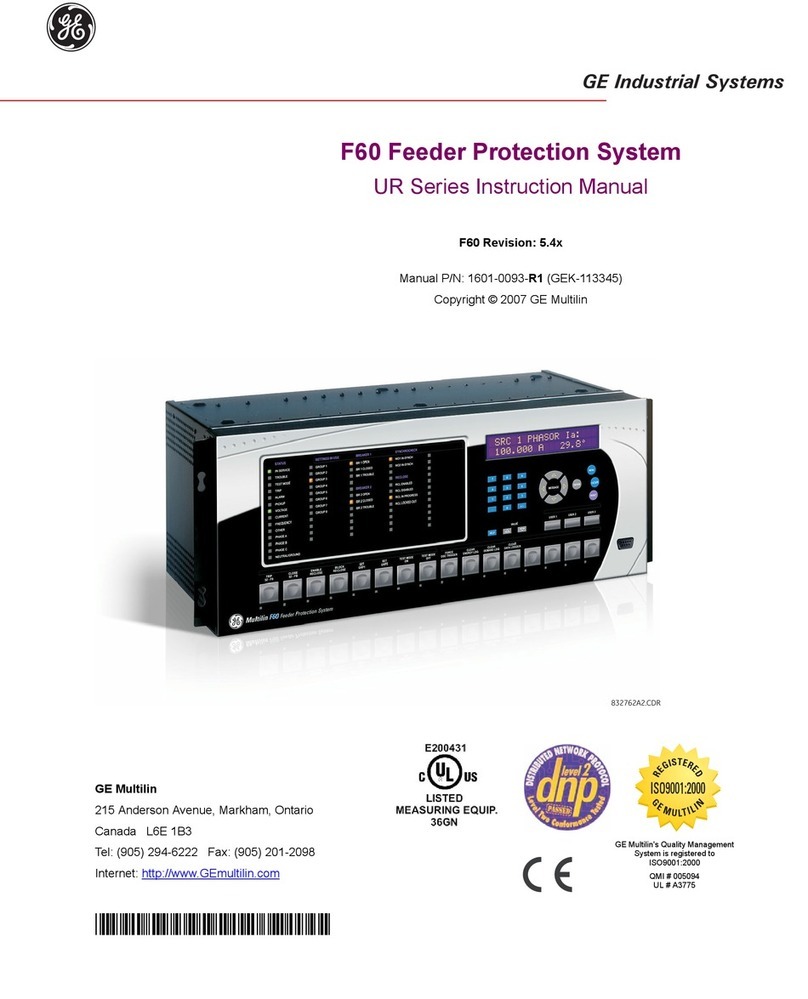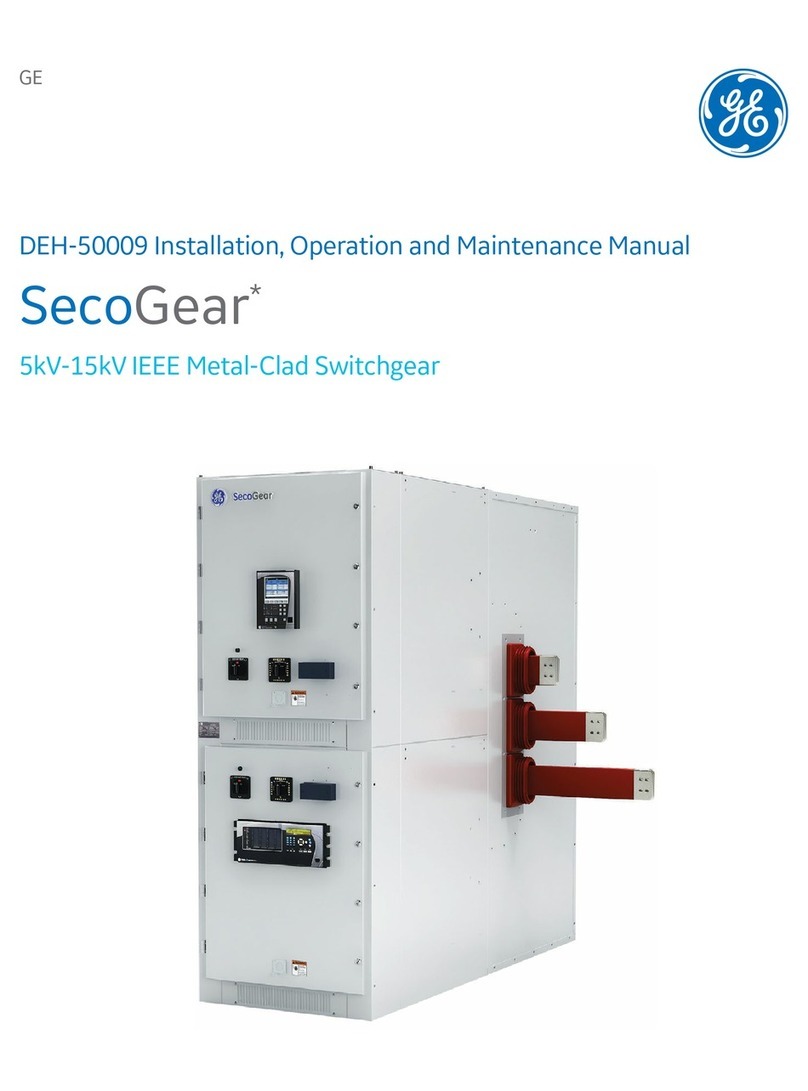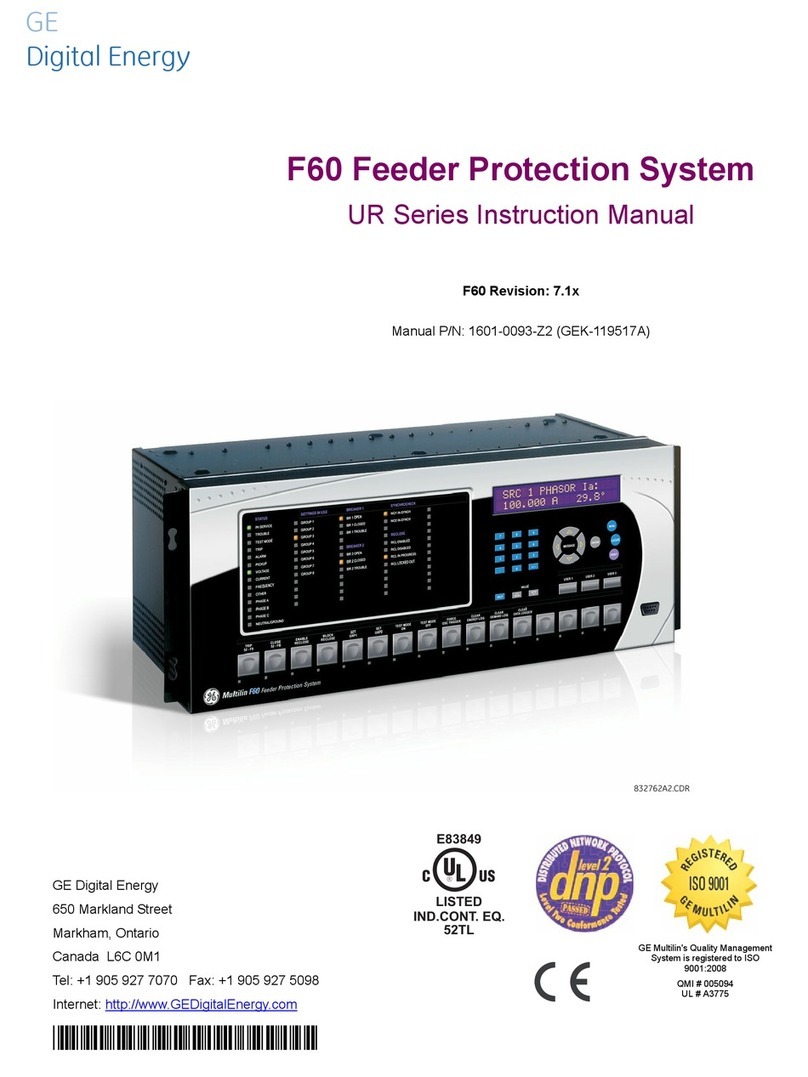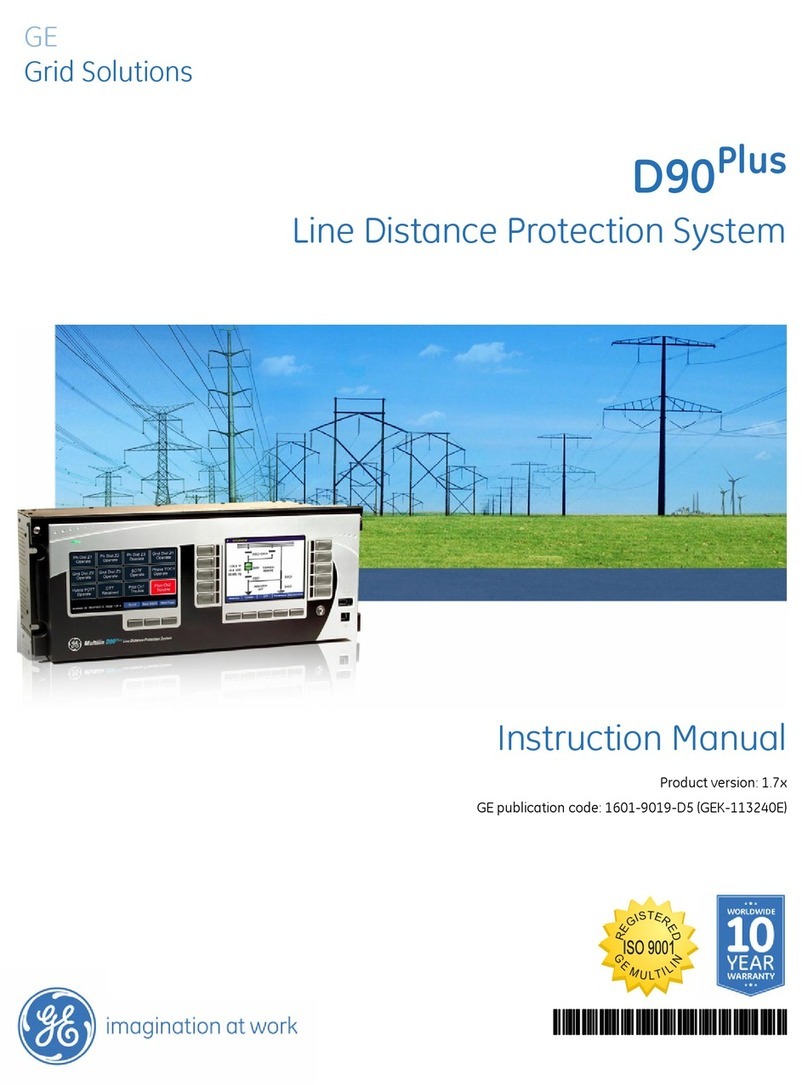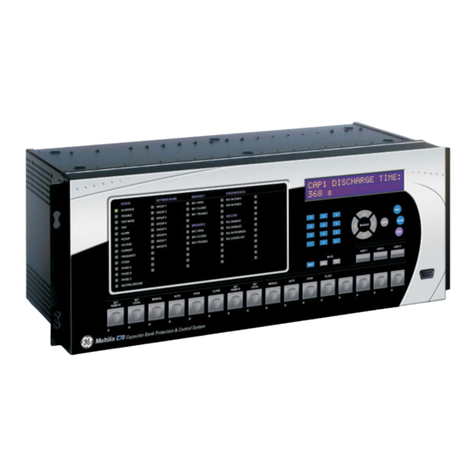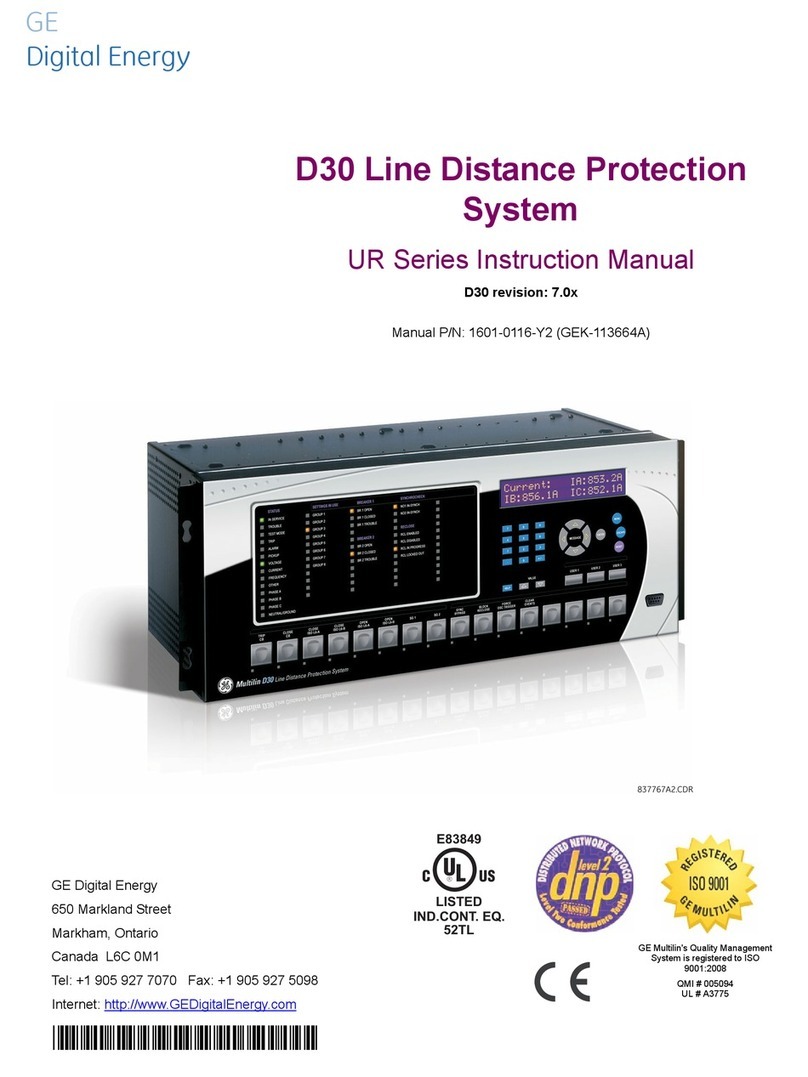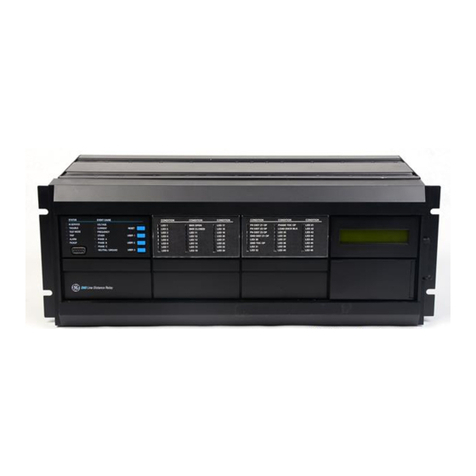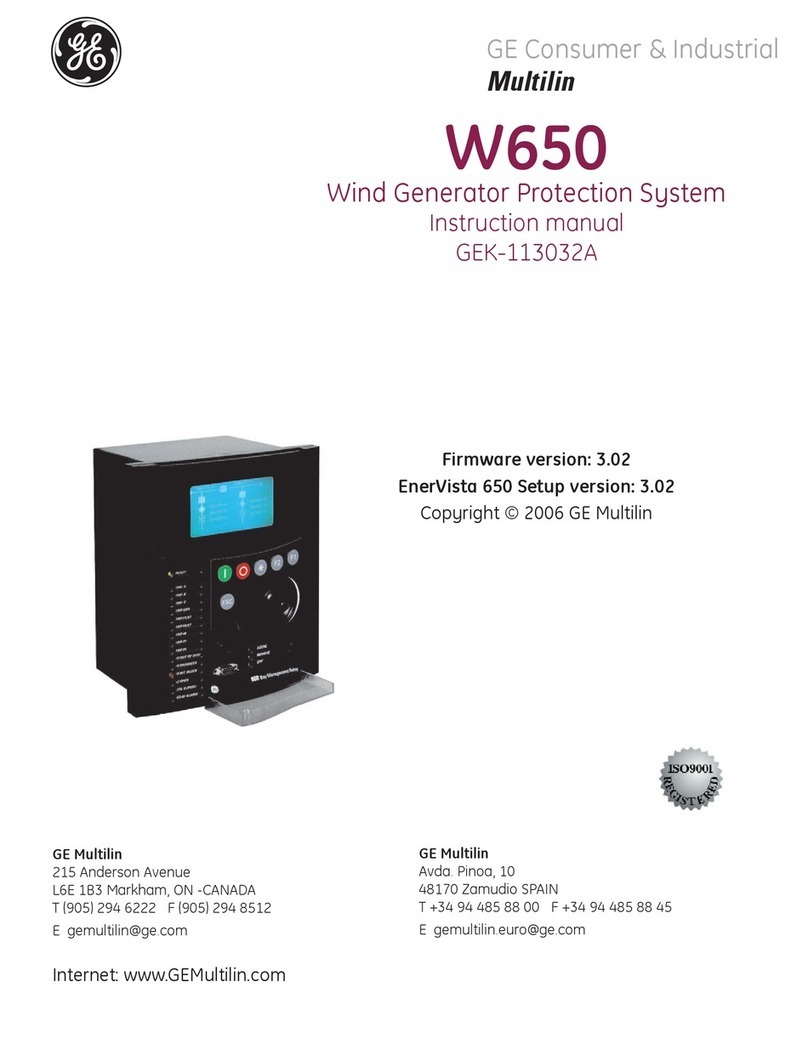
850 FEEDER PROTECTION SYSTEM – INSTRUCTION MANUAL III
RS485............................................................................................................................................................4 - 23
WiFi................................................................................................................................................................4 - 23
USB ................................................................................................................................................................4 - 26
Ethernet Ports...........................................................................................................................................4 - 27
Modbus Protocol .....................................................................................................................................4 - 28
Routing.........................................................................................................................................................4 - 37
DNP Protocol.............................................................................................................................................4 - 40
DNP / IEC104 Point Lists ......................................................................................................................4 - 42
IEC 60870-5-104 .....................................................................................................................................4 - 46
IEC 60870-5-103 .....................................................................................................................................4 - 47
IEC 61850....................................................................................................................................................4 - 48
Transient Recorder ................................................................................................................................ 4 - 51
Data Logger .............................................................................................................................................. 4 - 54
Fault Reports ............................................................................................................................................ 4 - 57
Event Data ................................................................................................................................................. 4 - 60
Flex States.................................................................................................................................................. 4 - 61
Front Panel ................................................................................................................................................ 4 - 61
Display Properties...................................................................................................................................4 - 62
Default Screens........................................................................................................................................4 - 63
Programmable LEDs..............................................................................................................................4 - 63
Programmable Pushbuttons .............................................................................................................4 - 66
Resetting..................................................................................................................................................... 4 - 71
Installation................................................................................................................................................. 4 - 71
System.................................................................................................................................................4 - 72
Current Sensing....................................................................................................................................... 4 - 72
Voltage Sensing ...................................................................................................................................... 4 - 74
Power System .......................................................................................................................................... 4 - 76
Breakers...................................................................................................................................................... 4 - 76
FlexCurves ................................................................................................................................................. 4 - 80
Inputs...................................................................................................................................................4 - 88
Contact Inputs ......................................................................................................................................... 4 - 88
Virtual Inputs ............................................................................................................................................ 4 - 92
Analog Inputs ........................................................................................................................................... 4 - 94
Remote Inputs.......................................................................................................................................... 4 - 99
Outputs ............................................................................................................................................4 - 100
Output Relays.........................................................................................................................................4 - 100
Output Relay 1 (F1) Trip..................................................................................................................... 4 - 102
Output Relay 2 (F4) programmed as Close..............................................................................4 - 104
Critical Failure Relay #8 ....................................................................................................................4 - 107
Virtual Outputs.......................................................................................................................................4 - 108
Analog Outputs .....................................................................................................................................4 - 109
Protection .......................................................................................................................................4 - 111
Current Elements..................................................................................................................................4 - 113
Inverse Time Overcurrent Curves.................................................................................................4-114
Percent of Load-To-Trip.................................................................................................................... 4 - 122
Phase Time Overcurrent Protection............................................................................................4 - 123
Phase Instantaneous Overcurrent Protection........................................................................ 4 - 127
Phase Directional Overcurrent Protection............................................................................... 4 - 130
Neutral Time Overcurrent Protection.........................................................................................4 - 134
Neutral Instantaneous Overcurrent Protection.....................................................................4 - 137
Neutral Directional Overcurrent Protection ............................................................................ 4 - 140
Ground Time Overcurrent Protection.........................................................................................4 - 146
Ground Instantaneous Overcurrent Protection..................................................................... 4 - 149
Ground Directional Overcurrent Protection ............................................................................ 4 - 151
Sensitive Ground Time Overcurrent Protection.....................................................................4 - 156
Sensitive Ground Instantaneous Overcurrent Protection................................................. 4 - 159
Sensitive Ground Directional Overcurrent Protection ........................................................ 4 - 161






